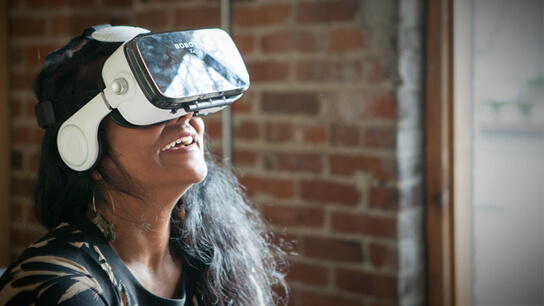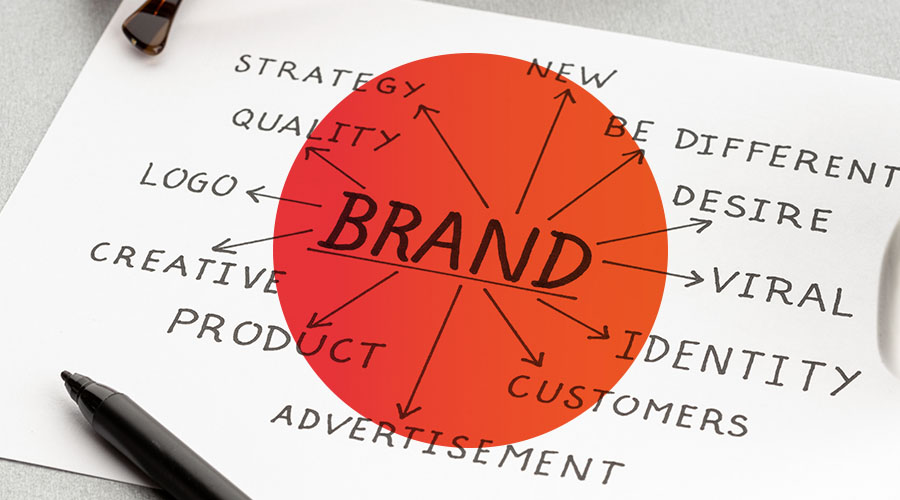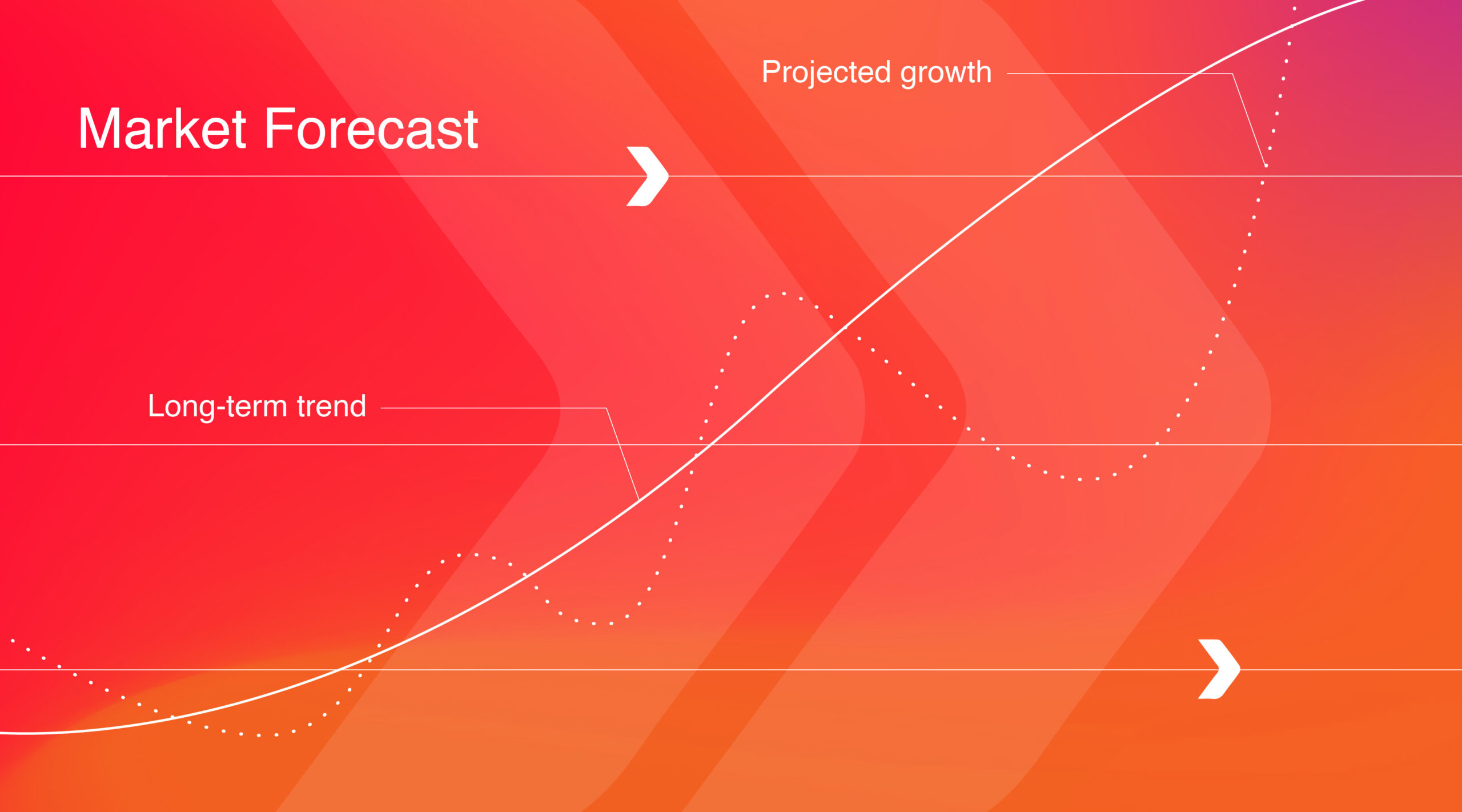Whether it’s Pie in the Face or Hatchimal, it seems consumer attention spans from one trendy gimmick to the next. With the short life span of products today, how do marketing experts stand out and discern the shiny object effect from actual business solutions?
Hard to believe, but less than five years ago even social media was questioned as a “thing”. Something that “the kids” were using that businesses couldn’t really benefit from. Fortune companies hesitated to integrate their marketing and consumer relations with this powerful platform. Over time, skeptics were proven wrong and there are now 60 million business pages on Facebook. Every successful innovation reaches a tipping point that comes in the form of scale and industry implications.
Enter Virtual Reality (VR).
Including but not limited to: Augmented Reality, Alternative Reality, Mixed Reality and other non-reality realities.
For every major tech company investing beaucoup dollars in making VR our present and future, there is an influential business leader questioning its market feasibility. Which is understandable. After all, VR comes to us from the gaming industry, an underworld of imagination and wizardry. But it doesn’t stop there anymore. IHS Markit reported that users are expected to spend as much as $7.9 billion on VR headsets and $3.3 billion on VR entertainment by 2020.
Let’s demystify VR with the top three things marketers need to know.
1. THINK OF IT LIKE A SANDWICH
–Hardware–
Content
–Software–
Surprise, surprise, content is the meat. Even in the 3D space, it’s still the name of the game. We always need content at the core, but what makes VR like every other technology adoption is that it requires hardware and software, and it’s unique to application.
Because software companies continue to be in a cycle of mergers and acquisitions, the software space for VR has been streamlined to a couple licensed platforms. Right now, an application developer could self-teach Unity (the main programming language of VR, based in C#) and with the proper 3D models, submit their own app to the VR marketplace to be picked up.
Sony Playstation, Samsung Gear VR, Microsoft HoloLens and Google Cardboard have all debuted their beta devices to be the first to the party. All have had the needed viable success to continue to iterate.
2. STRATEGY GIVES LIFE
As with every marketing effort, ideation and strategic planning are the cornerstones of effective results. No one wants their costly VR application to die by the wayside after a tradeshow. But why build it for just the tradeshow?
The technology ends up taking the brunt of the adoption challenge rather than the marketing strategy. The access point is no longer a barrier to entry as the software and hardware are available for mass commercialization. The gap in perspective between builder and user has spurred a lot of attention to Agile and Lean principles. These principles focus on bringing the user/customer to define the build that is most useful, delightful and intuitive for their needs.
Related: Where Does Good UX Come From
The success of VR truly rests on the storytelling and human interaction aspects of brand strategy. These elements are far more intangible than a headset and a downloaded app.
Snapchat is one exception to the rule. A headache for any user experience expert, but the most adopted application in the VR space to date. Snapchat’s projected 2017 ad revenue is $935 million. Sometimes people don’t know what they want, but we can utilize data to build a strategic path and get them there faster.
3. IT’S HERE TO STAY
Let’s be honest. If Mark Zuckerberg invests $2 billion in a technology, chances are he’s done his due diligence. Facebook’s acquisition of Oculus VR may have brought it to the masses, but the technology is not just intended for amusement.
Beyond entertainment, VR can enhance education like never before. Not just for students, for professionals in the health care industry, the safety industry or even those operating heavy machinery. And big brands are seeing the potential and making the investment. Take NASA for example, who already sent their astronauts to Mars – via VR.
Related: 6 of the Best Marketing Uses of Virtual Reality by Forbes
VR is not a trend, it’s a technology. And so far, it’s proven to be an efficient way for marketers to demonstrate attributes and features and let customers experience products before buying. The benefits are endless our industry has spoken – it’s here to stay. Those investing early will reap the most benefits.
But is the tipping point closer than we think?





